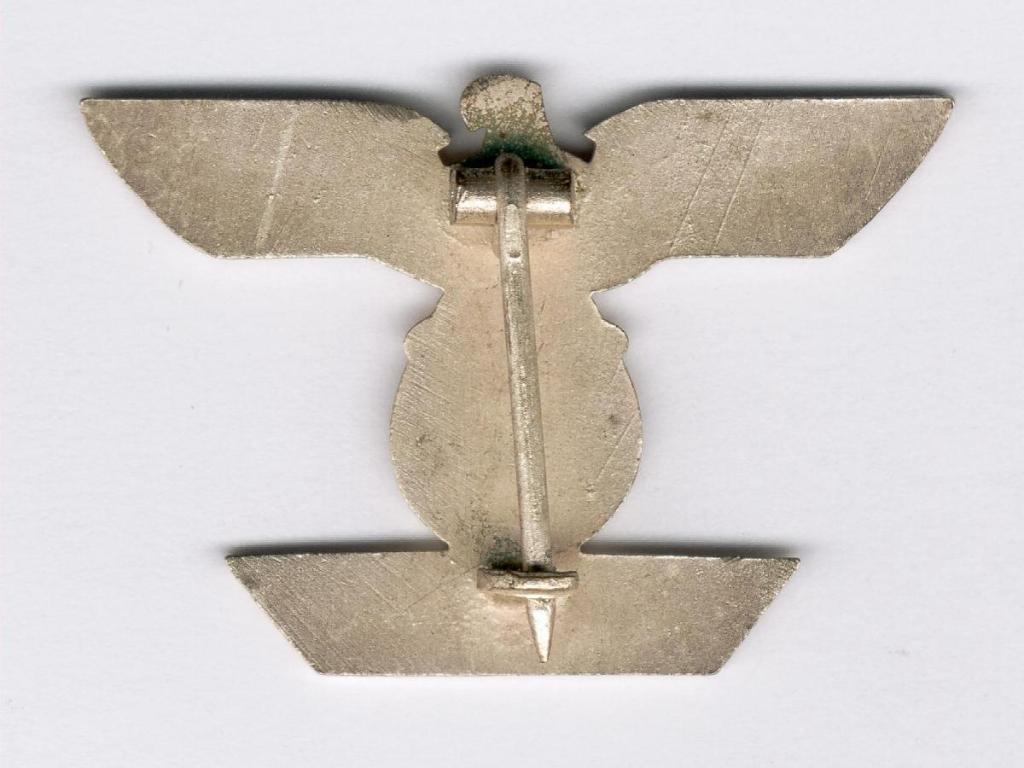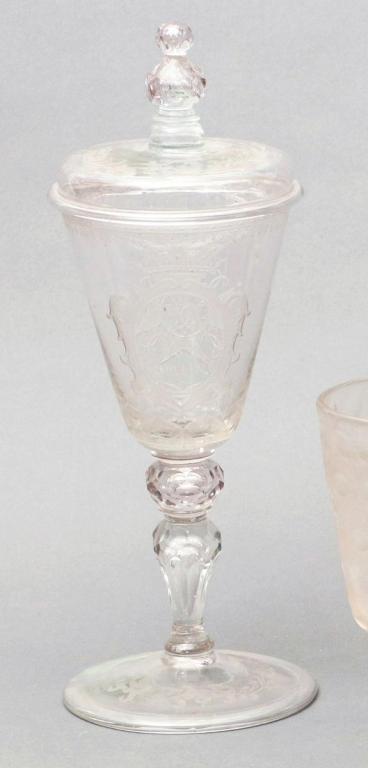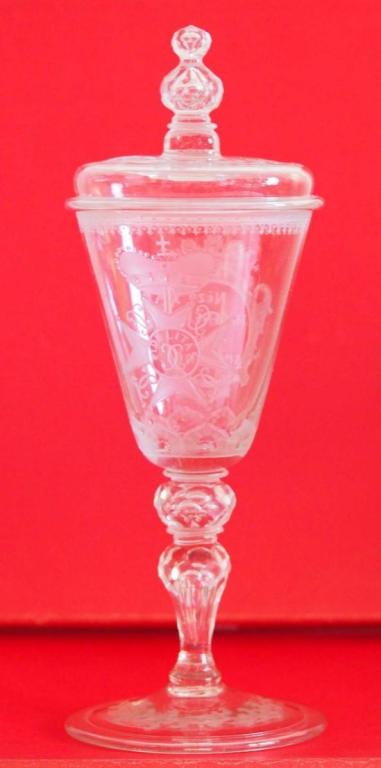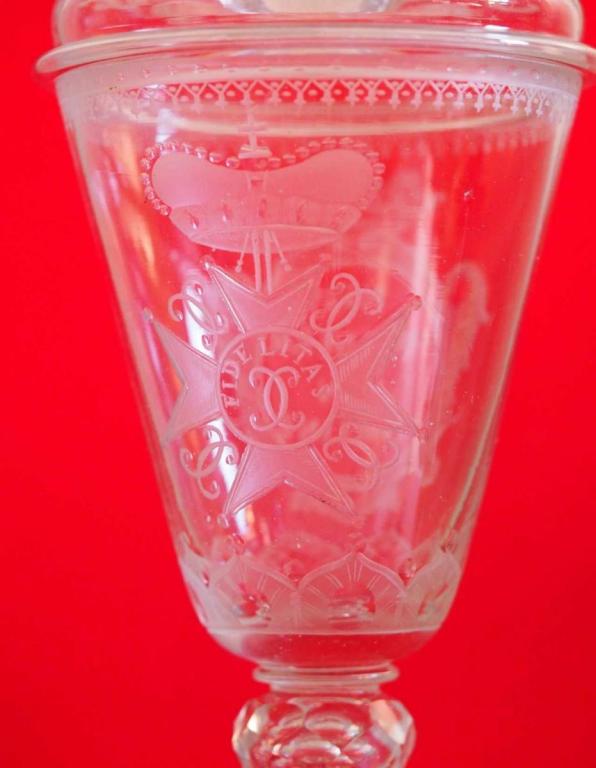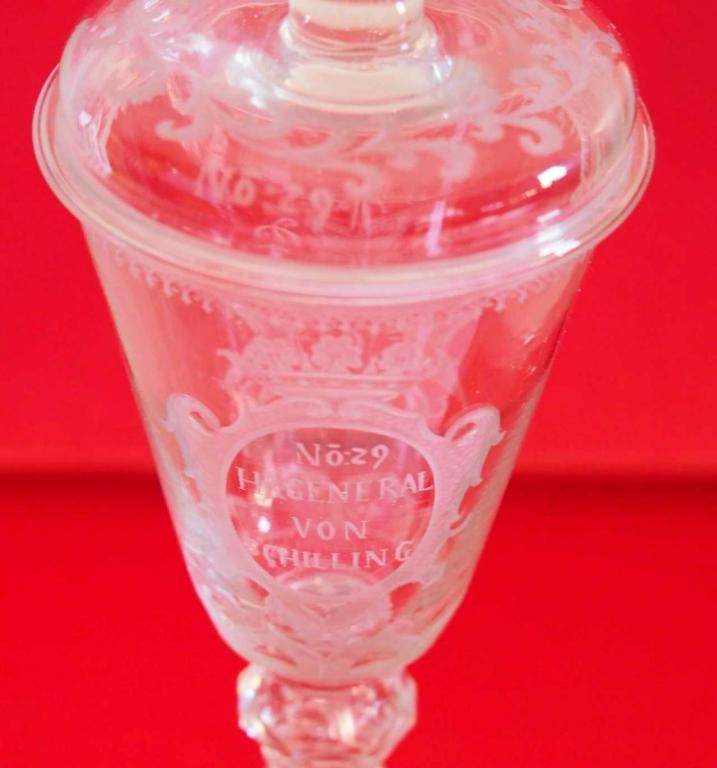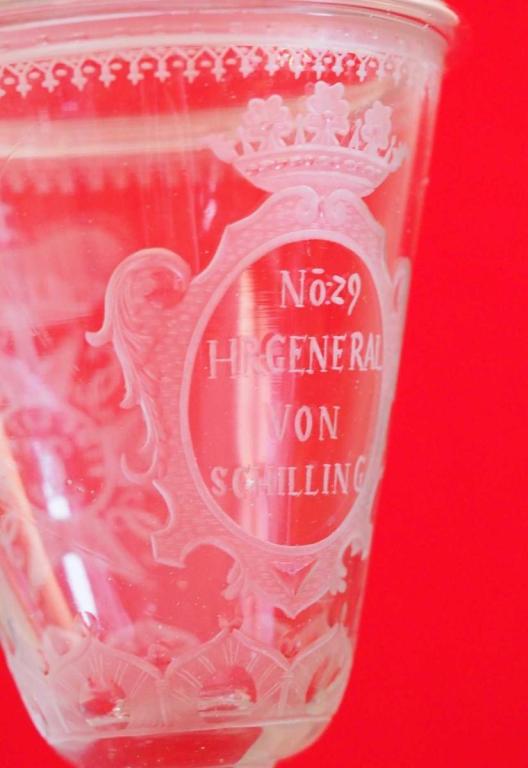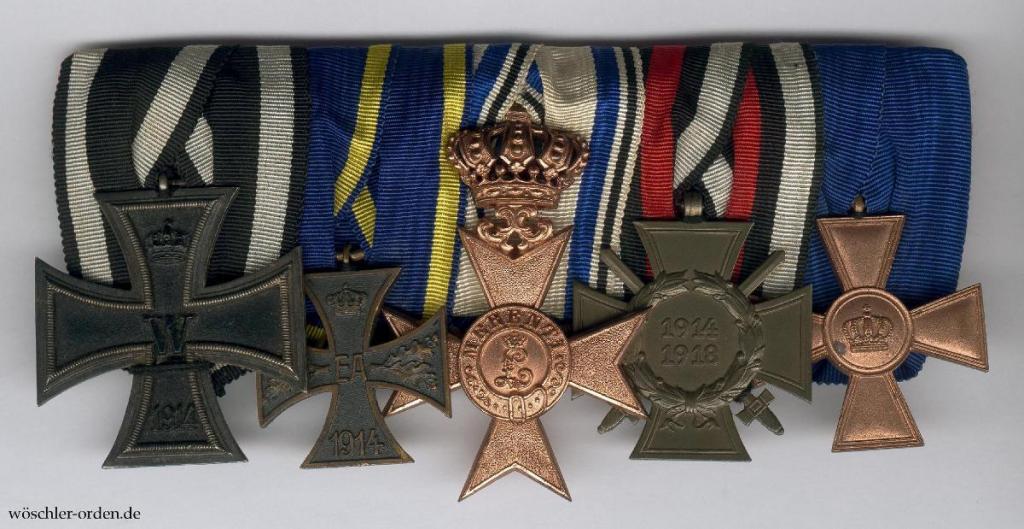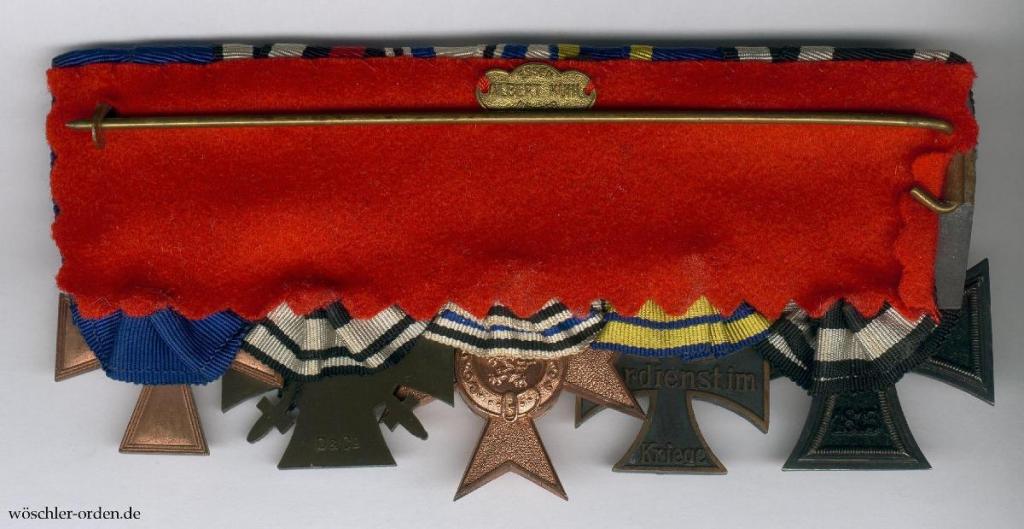-
Posts
3,086 -
Joined
-
Days Won
14
Content Type
Profiles
Forums
Blogs
Gallery
Events
Store
Everything posted by saschaw
-
On the picture Dave posted, I can recognize an Allgemeines Ehrenzeichen mit der Inschrift Für Tapferkeit from Hessen-Darmstadt as sixth from right, as well as a Hamburgisches Hanseatenkreuz in the last place. Both are rather common awards and usual for a person of his rank - and then given he was even born in the Grand Duchy of Hesse...
-
What an amazing thread! Thanks for the pictures, Wild Card. I do not have the mentioned Forman book, so I'm very grateful to have a chance to see these treasures from time to time. One thing that has bothered me for a long time, however, is the Zähringer Lion commander's breast star. Could this one really be the Kaiser's? He was awarded the Hausorden der Treue back in 1877 (Volle, p. 108), which would be accompanied by a Zähringer Lion en sautoir Grand Cross badge. Back then, the young Prince, according to Wikipedia, held the rank of Oberleutnant, while the Zähringer Lion commander 1st class set is an award usually given to the rank of Generalmajor or Generalleutnant (Volle, p. 175). Also, I don't think the lower Zähringer Lion grades were given to royalty at all... ?! Maybe someone could and would verify the not-yet-Kaiser in a pre-1877 rank list, please?
-
We still have no picture of Generalleutnant Liebeskind, I fear? Here's my favorite find from the last time I was at Gunzenhausen show, in October 2019. Looks familiar, doesn't it? We have seen this one in a Künker auction, like ten years ago. I was really lucky to find this at a fellow seller's table, as I had been looking for it ever since!
-
I agree with Rick this could hardly be anything else than the HOH3X. With no apparent colonial service, a Prussian Militär-Ehrenzeichen can be excluded. Those were not awarded during the "Great War". I'm not sure, but were any Bavarian NCOs awarded the Prussian Militärverdienstkreuz? And if so, would they not have to have some higher Bavarian award as well, like the bravery medal?
-
Just curious, has this puzzle been solved in the meantime? I always felt like "Papa" must be a Standesherr, head of a noble family that lost their throne and independence in the 1806 changes. Especially if there is, as it seems to me, no oaks on his RAO1 star... unusual for someone in Prussian service! Neither can I, but it may well be the Baden 1906 golden wedding jubilee badge... ?
-
Thanks for your feedback, BlackcowboyBS and VtwinVince! You probably would not believe how glad I was (and still am!) to obtain such a terrific piece of regional history for my modest Baden collection. It really does not always have to be a "bling" or a "gong"... I'm actually not much into old glass and the techniques used, but I think all or most of the decor is indeed cut. Probably a Thuringian work, according to Prof. Lars Adler's work, while others suggested Bohemia.
-
Well, fair?! Only for you as the buyer I'd suppose. I do see it's been eight years since then, but these crosses are relatively uncommon and, at least in my eyes, rather undervalued. It might also be noteworthy our dear late Rick seems to be wrong here for once: the centers of these crosses are usually real gold, not "gold plated". Those exist as well, but more as an exception to the rule.
-
I agree with everything Streptile and VtwinVince said, but it's noteworthy this seems to be the small sized medal that was called Kriegerverdienstmedaille. A Prussian "Kriegsverdienstmedaille", as TacHel did name it in the header, never existed. However, whoever made this lower quality replacement piece mixed things up, as we often do, and used the design of the Militär-Ehrenzeichen II. Klasse. That's the big one, a bravery award mostly awarded to Prussian soldiers. This Kriegerverdienstmedaille, on the other hand, was both a peace and war time award, mainly given to foreign (non-Prussian!) soldiers and even as a bravery award to Native soldiers and policemen in the colonies.
-
Something else to add: According to the Hof- und Staatshandbuch 1893, p. 168, Gockel didn't receive his BZ3aX until 1874 - which was, much to my surprise, nothing unusual! I didn't count them, but we have to assume a major part of the "1870/71" awards wasn't even made until mid-1870s! We might keep that in mind if we should ever have to identify early 1870s portraits or bars with seemingly "lacking" awards. It's also noteworthy he received his additional BZ3aE in 1888. The Staats-Anzeiger 1888, p. 187, mentions he got oaks (E) to a peace time BZ3a, but so far, I couldn't find when he was awarded the cross itself, and cannot exclude a mistake. However, I don't have all issues of mentioned Staats-Anzeiger... In accordance to the 1879 statutes, a peace time award would not replace a lower grade with swords. It's not on "our" ribbon bar, however, because this one apparently pre-dates this date. Under the older statutes from 1866, when swords (and swords on ring) were instituted, things were quite different. I found someone who received an BZ2bX for his BZ3aXE for his BZ3a... in case I didn't miss one!
-
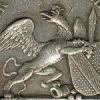
EK 1939 EKI Wiederholungsspangen
saschaw replied to Jim R's topic in Germany: All Eras: The Iron Cross
-
No link, but a recommended reading of Zimmermann, Sascha. Zur besseren Unterscheidung von den echt goldenen… – Der Bayerische Militär-Verdienstorden 3. Klasse in seiner letzten Form vom 1. Januar 1917. In: Das Dritte und Vierte Gunzenhäuser Phaleristik-Symposium. Vorträge und Presseberichte. Offenbach a. M. 2000. S. 90–98. Unfortunately, this is available in German only, and, as said, not online. Zimmermann based his work on his evaluation of Munich archives. It seems you did misunderstand something here. That wider frame is the distinctive sign for pieces with gilt centers, as they were awarded from 1917 on - all classes, including the MVK 1st class to NCOs! Probably every information you could be looking for can be found here:
-
Unfortunately, it's not, or at least not an authentic one. Weiss & Cie. were no makers of gilt 3rd class crosses. These came from Gebr. Hemmerle, Munich, and Jacob Leser, Straubing, only. We do have some good older threads on this topic here that you might enjoy reading! By the way, what you're seeing as "gold coating" looks like a golden patina to me. Thus, the reverse is silver only. However, there are tons of gilt crosses around, but that has been done for decades just to deceive collectors. I'm sorry for the bad news and hope you didn't overpay this otherwise fine piece!
-
Couldn't be, he was Roman Catholic! Only Protestant Nobility could become members of that branch. As P.F. said, that's a "Malteser". Do you have any source for that, or was it assumed from a picture? I think it must rather be the "Prinzenkreuz", not a minor class meant for mere mortals. Certainly an interesting career for Imperial German Royalty!
-
I rather don't think so. Baden's Silberne Verdienstmedaille am Bande der Militärischen Karl-Friedrich-Verdienstmedaille was no non-combatant award. The war merit cross was, however, more or less! I think this was awarded as a "normal" Iron Cross, maybe to someone in the Etappe. But probably not at home.
-
Many of you may know me as a "ribbon bar guy" as well, so I want to surprise you with something completely different: The oldest piece of phaleristics in my collection! This goblet is from a set that was made for the then-knights of the Margrave Karl Wilhelm of Baden-Durlach's house order, the Fidelity order, in circa 1726. This house order, later to be know as Baden's highest honour, has a special connection to my home town: Both Karlsruhe and the "Fidelitas-Orden" were founded not only on the same day but in one event, on June 17th, 1715. Up to this day, our city's coat of arms reads "FIDELITAS", the order's motto. While the majority of the goblets surprisingly is still existing, only a very few are to "live" with mortal collectors like me, while the vast majority is part of the collection of the former ruling house of Baden, located at Schloss Salem. Mine, I think, is the only one that's technically "at home", in Karlsruhe.
-
Now that we seem to know everything about them, it's time to brag with something I had and sold some years ago: One of the rarest, yet plainest of all Bavarian awards: The pre-WW1 MVK 3rd class with crown. Of 15 crosses ever awarded on the peace time ribbon, all in 1913/14, this is the only known example so far! Unfortunately, the Rhineland mid-1930s tailor mounted it with a standard war ribbon, which makes zero sense. There were some more such crosses awarded on the war merit ribbon in 1914/15, but these are very rare as well, with a known 73 awards. From mid-1915 on, adding swords was allowed for these, by the way.
-
It seems I was a bit unclear, sorry: with "messed up" I was refering to the improper precedence, not the bar itself, that one is beyond any doubt. I still have no better idea than a peace time HOH3 that was unusually misplaced... By the way, there were not too many HOH3 awarded, especially in those late years, under Wilhelm II's rule. Just like a dozen per year according to Ludvigsen, at best. It's odd we couldn't find him so far... those tricky Reserve/Landwehr officers!





u.BZ3aE(1888)Hof-undStaatshandbuch1893S_168.thumb.jpg.0b7a8f5c804e42f49f6a54f9cc838ed2.jpg)

